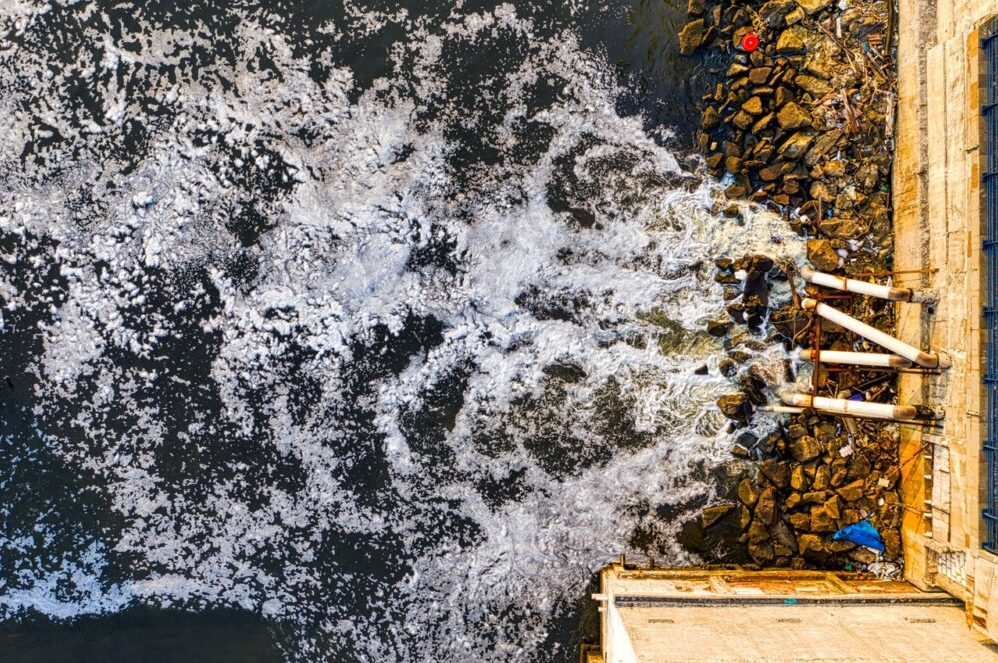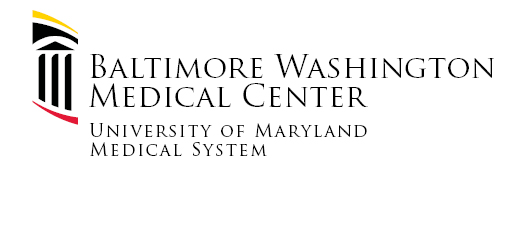
 Last year, employees at the largest wastewater facility of the Washington Suburban Sanitary Commission (WSSC) Water, which serves about 1.8 million people in Maryland suburbs, removed 700 tons of wipes from their sewerage system. According to the Washington Post, this figure marks a 100-ton increase from 2019. WSSC Water spokeswoman Lynn Riggins said, “It started in March last year and it hasn’t eased up.”
Last year, employees at the largest wastewater facility of the Washington Suburban Sanitary Commission (WSSC) Water, which serves about 1.8 million people in Maryland suburbs, removed 700 tons of wipes from their sewerage system. According to the Washington Post, this figure marks a 100-ton increase from 2019. WSSC Water spokeswoman Lynn Riggins said, “It started in March last year and it hasn’t eased up.”As more people are sanitizing doorknobs and countertops, more wipes are being flushed carelessly. People are also tossing latex gloves and paper masks into toilets, and they end up in storm drains, damaging sewer equipment, forcing raw sewage back into homes, and polluting rivers. They also cause massive fatbergs that can create tons of problems for communities and the environment. If you’re like many homeowners, you’re probably wondering, what causes fatbergs? Is there a way to prevent fatbergs? Below are a few things about fatbergs and what can be done to prevent them, including the importance of maintaining a healthy septic system in your home.
Reasons Fatbergs Build Up
According to officials from wastewater treatment plants serving Maryland suburbs, wipes flushed in toilets twist into rope-like waste inside home drainage pipes or miles down the line. They then mix up with cooking oil and grease carelessly discarded down sink drains to form huge fatbergs. In simple terms, fatbergs are massive accumulations of waste made of non-biodegradable products like wipes, tissues, and napkins. As much as these products are marked as flushable, they aren’t. Instead of breaking down in toilet water once they’re flushed, they congeal in sewer lines and create fatbergs. Oil in its liquid form may not appear harmful. However, they can form massive fatbergs when they cool down because it hardens and mixes up with napkins, wipes, and other hygiene products down the sewer line.
Problems With Fatbergs
When fatbergs form, they block the inner lining of sewer pipes and pumps, causing wastewater to flood into roads, streams, and rivers. In some situations, blockages caused by fatbergs send sewage back up into homes. Since wastewater contains bacteria, viruses, and other germs, it increases the risk of health disorders. Other problems caused by fatbergs include difficult labor for workers at wastewater treatment plants and increased water pollution. Fatbergs also cost vast sums of cash to deconstruct, remove, and remedy. For instance, in 2017, a 20-foot fatberg in Baltimore cost about $60,000 to remove. For this reason, you should treat sewage backups as an emergency to keep your loved ones safe.
One of the best ways to prevent health hazards when a sewage overflow occurs is to get assistance from professional sewage backup cleaners. These experts use the right tools and knowledge to restore your property to its best condition. They will not only clean wastewater from your home but also disinfect and dry walls, ceilings, floors, carpets, and padding to get rid of bacteria and prevent mold growth.

Steps To Prevent Fatbergs In Sewers
One of the first steps to prevent fatbergs from forming is to avoid flushing baby wipes, female hygiene products, and other non-biodegradable waste down the toilet. Also, dispose of grease, cooking fat, and oil responsibly. Instead of pouring these products down the drain, wait for them to cool down and empty them into the bin. Installing a grease trap is another sure way of preventing oil and fat from getting into the drainage system. Plumbing experts also recommend maintaining drain pipes and septic tanks regularly. By regularly maintaining these sewer systems, you can detect potential problems and fix them before they cause costly damages.
Fatbergs are a massive combination of flushed wet wipes, napkins, and tissues that end up mixing with oil and fat poured in drains. In addition to being disgusting and blocking sewer lines resulting in sewage spills and backups, fatbergs are challenging and expensive to remedy. The good news is that this non-biodegradable waste can be prevented from forming in sewer systems. As a homeowner, you can prevent fatbergs by disposing of oil, grease, and fat in food waste bins instead of pouring them into the drain. Also, avoid flushing wet wipes and other hygiene products marketed as flushable.
Editor’s Note: Recently, we spoke with Chris Phipps, the Director of Public Works for Anne Arundel County on this problem and more. Please have a listen:



















































